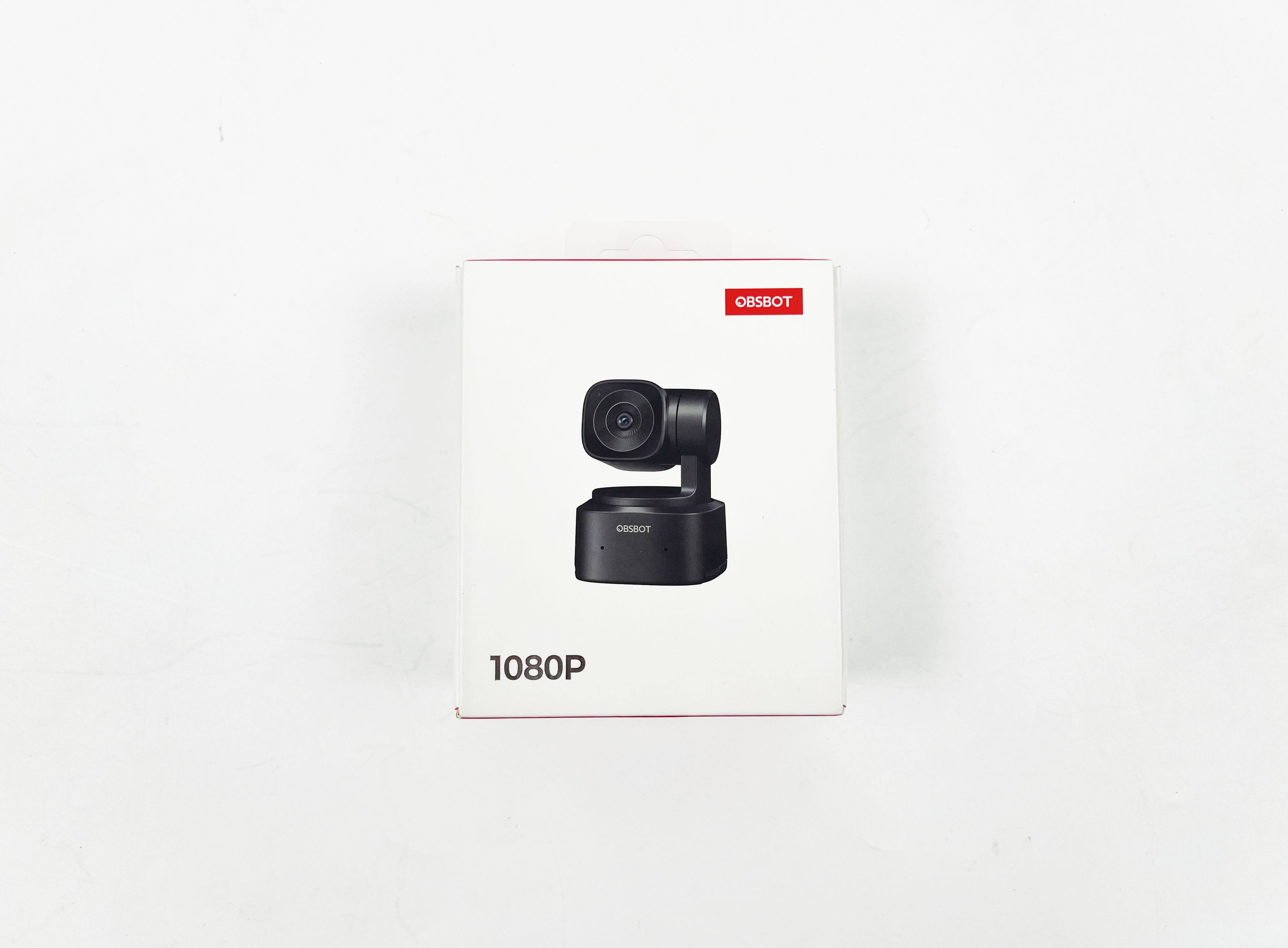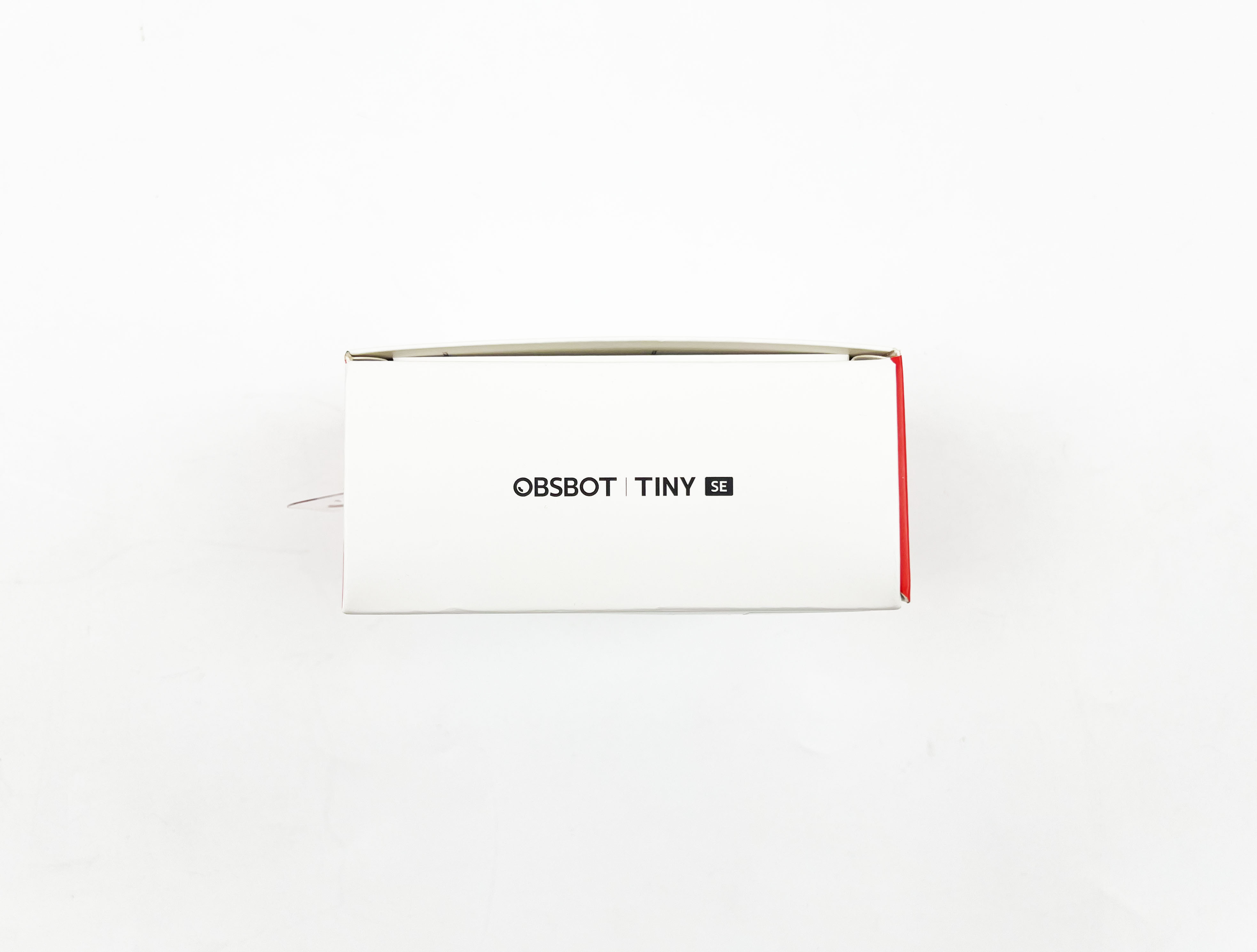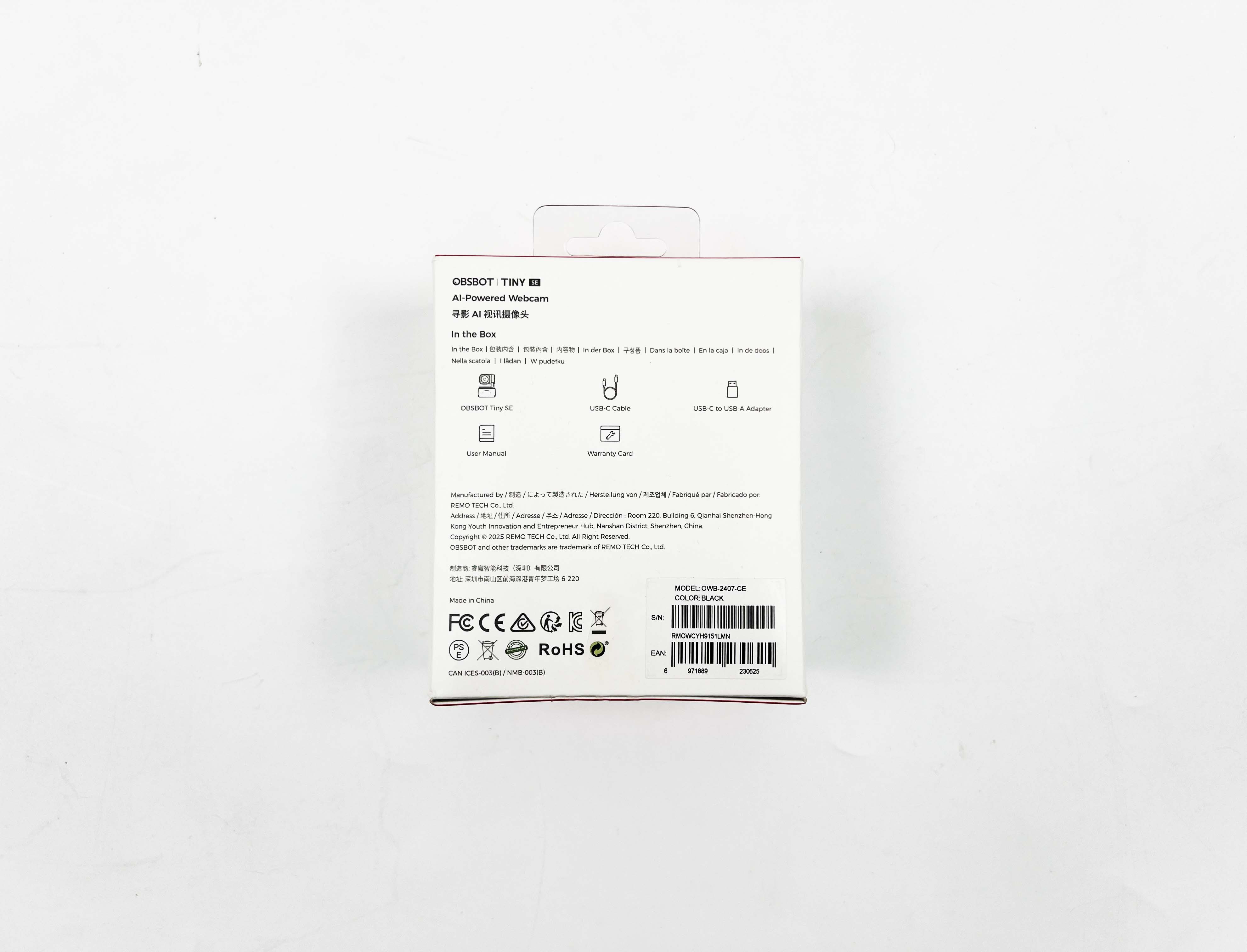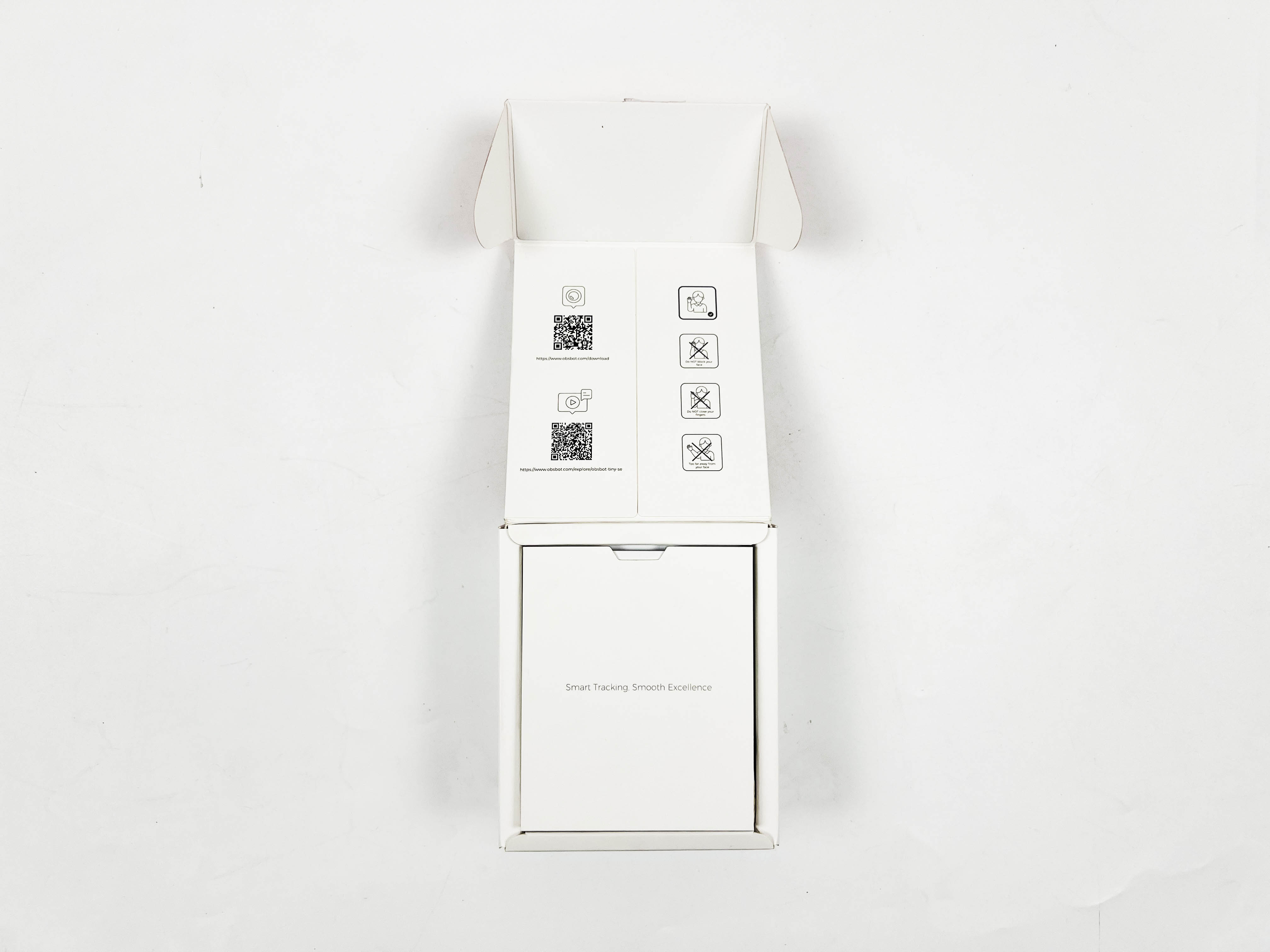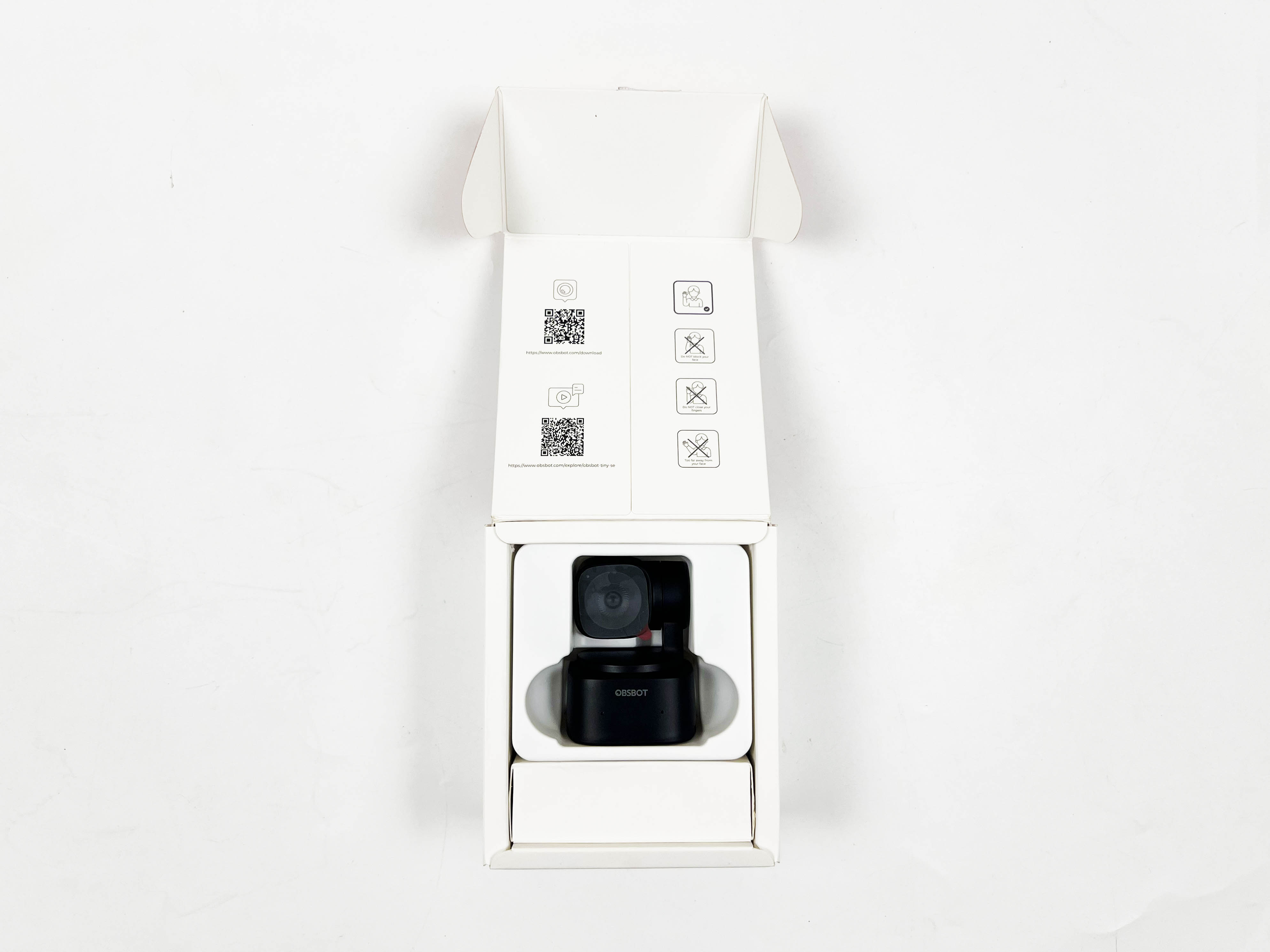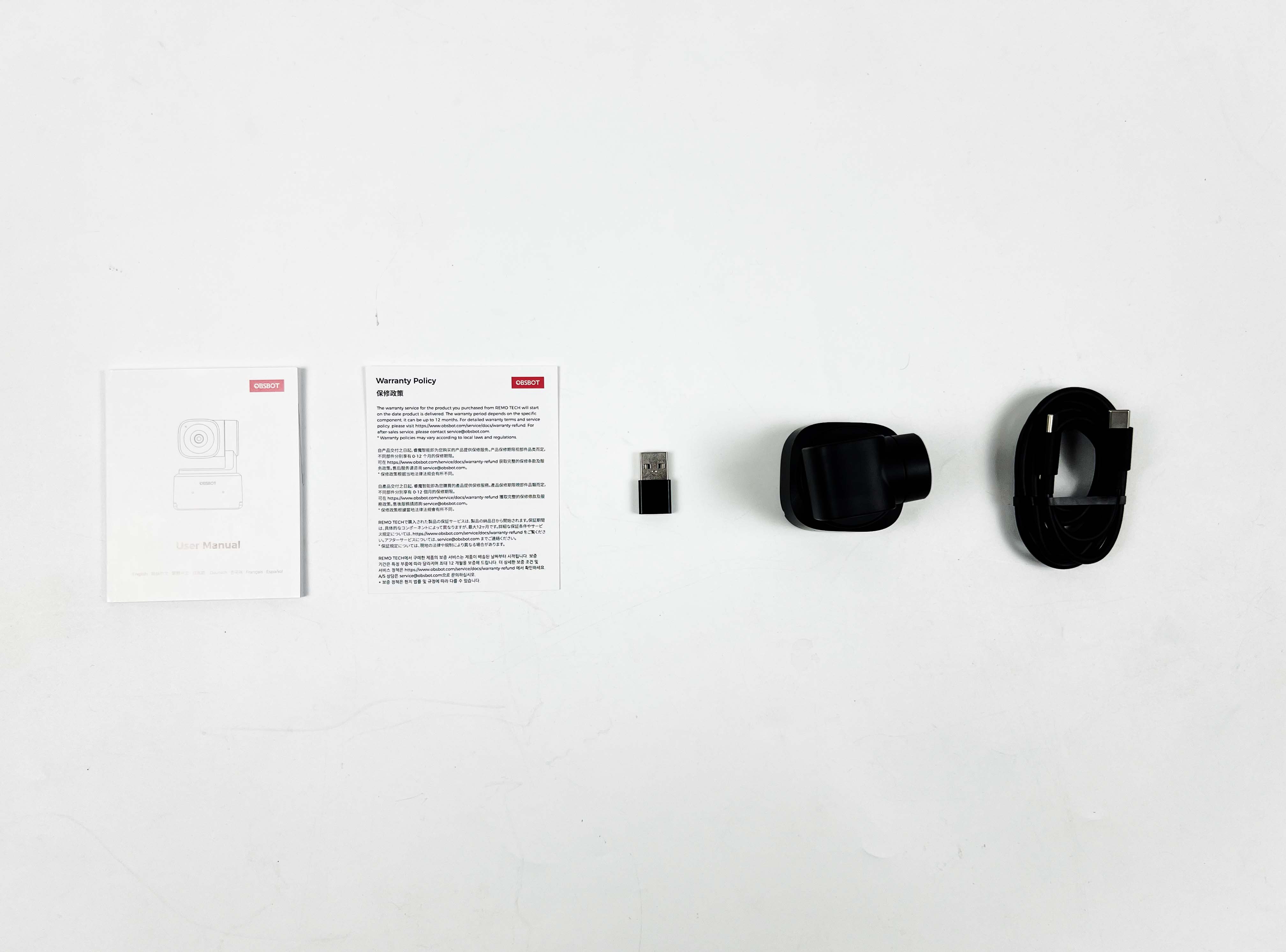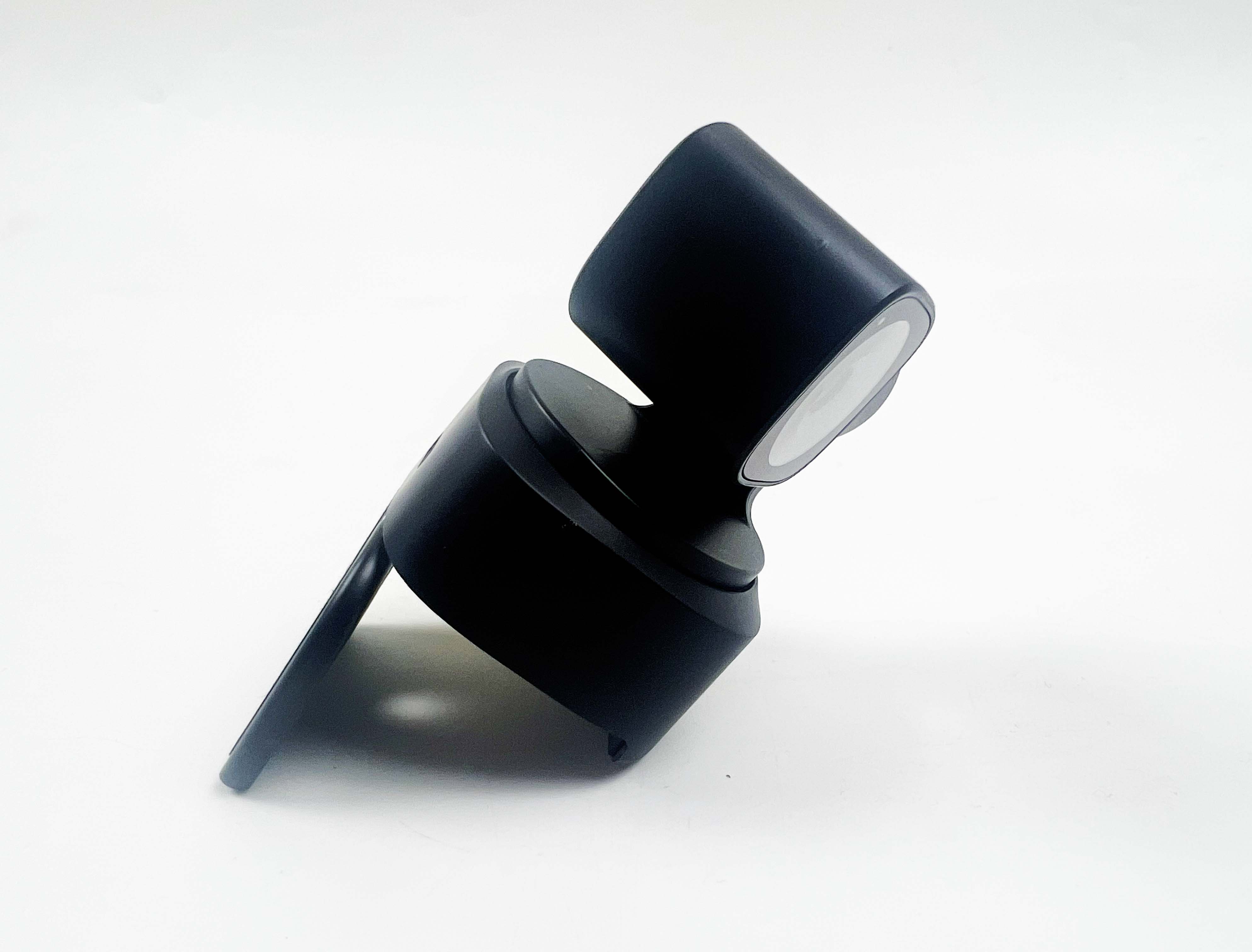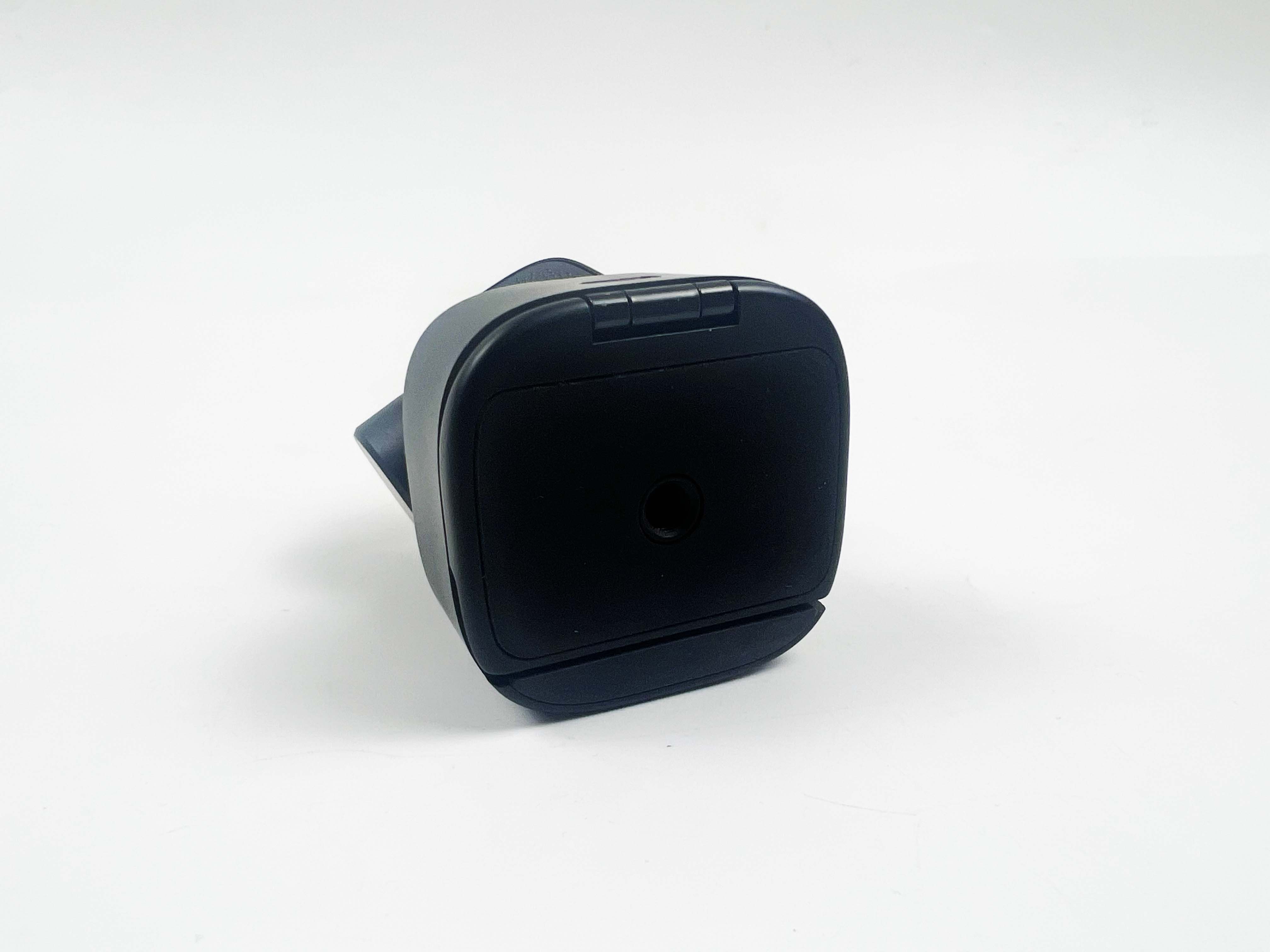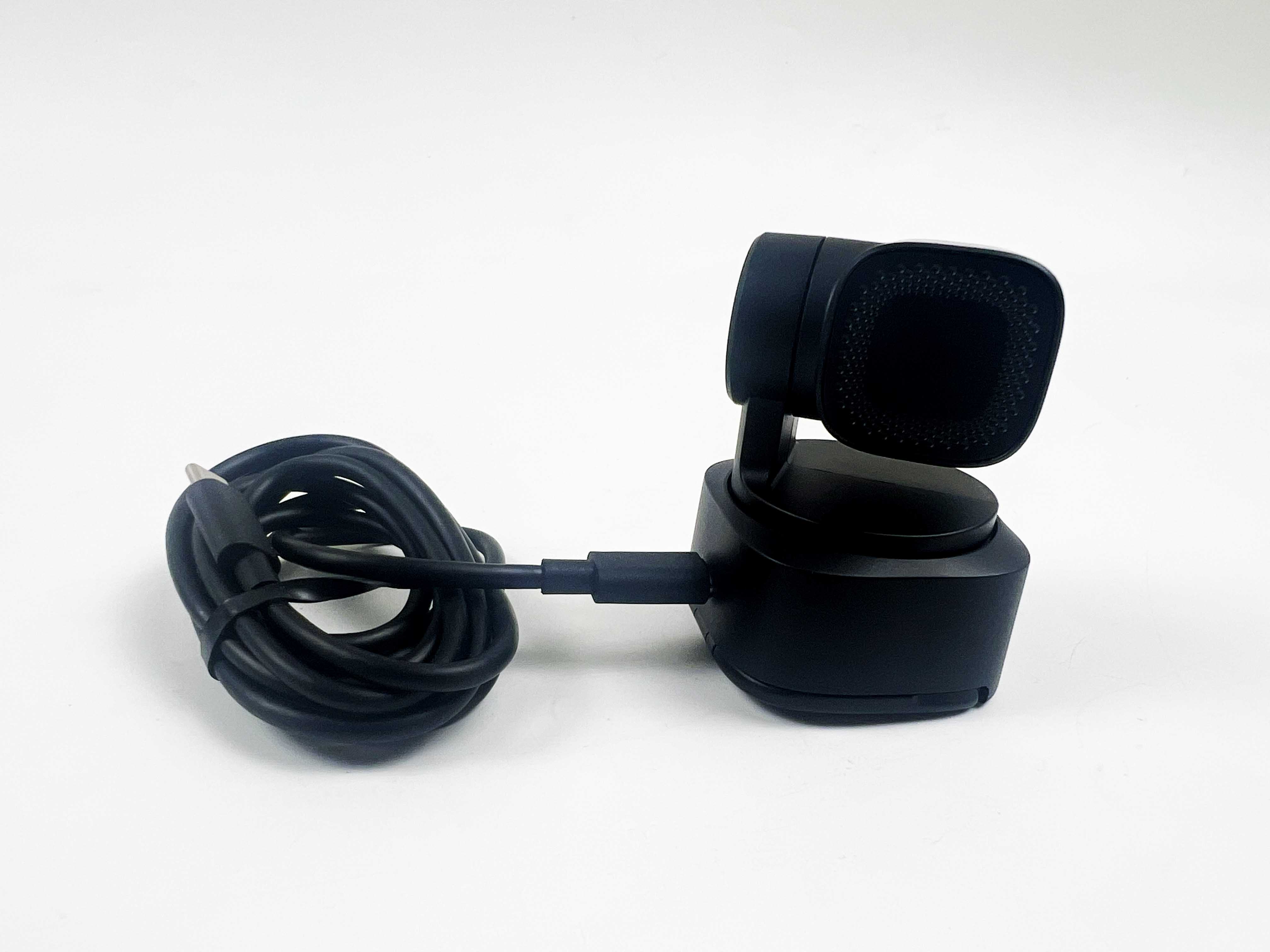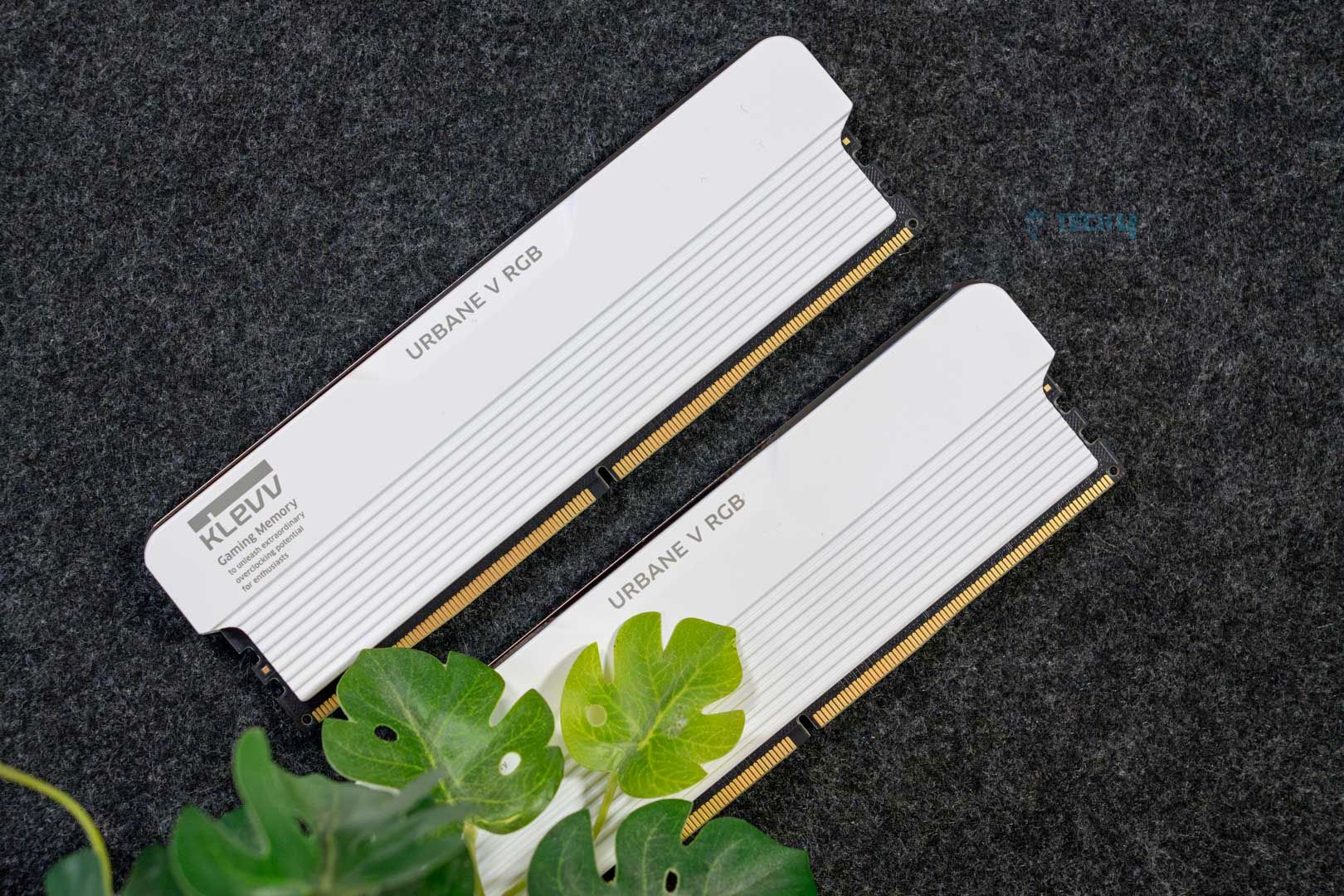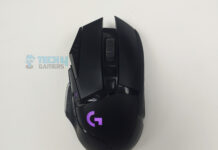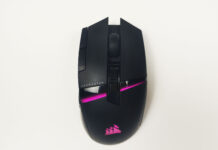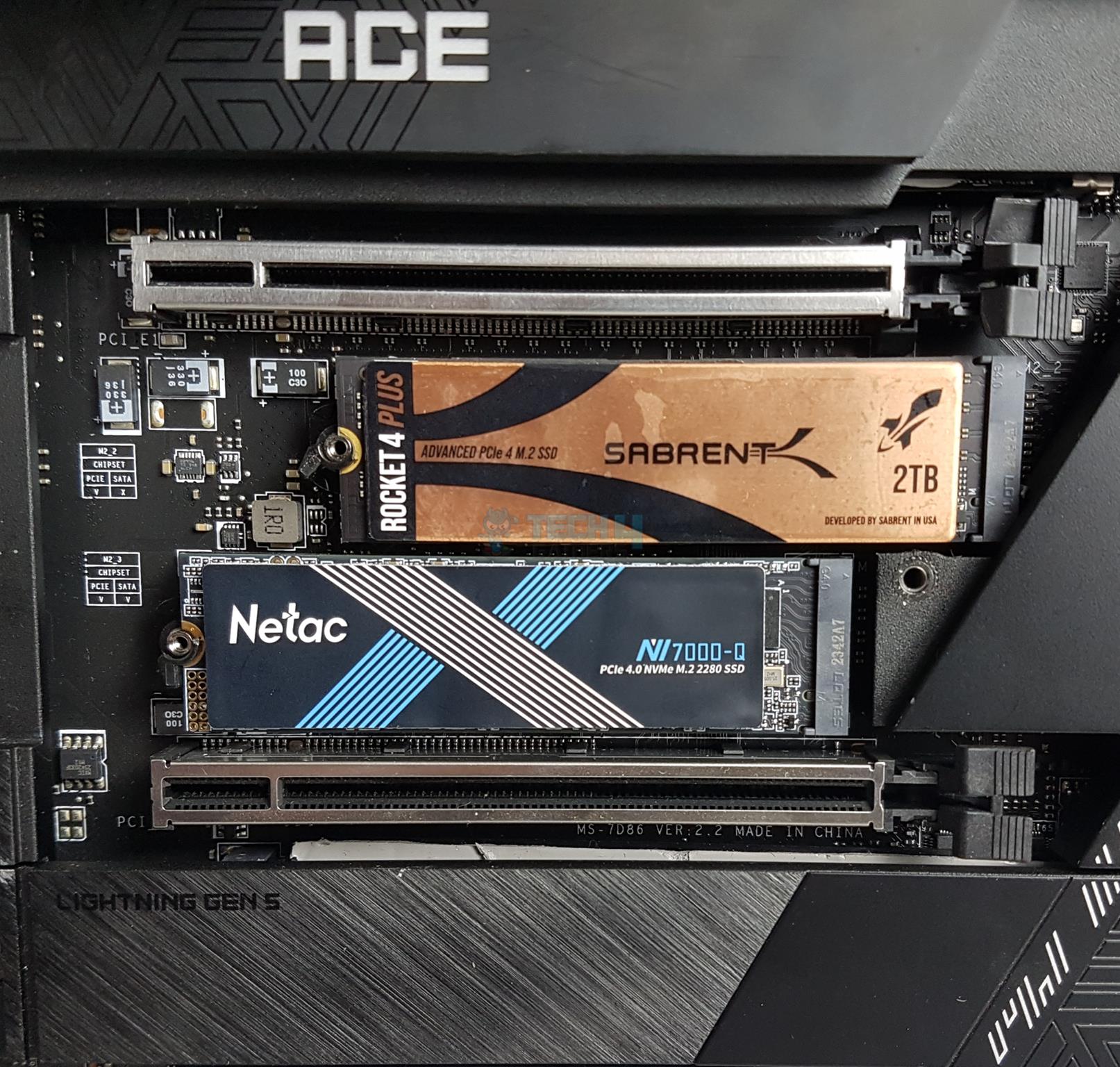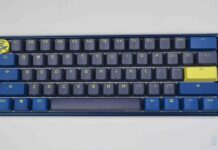Worth It?
Review Summary
The Obsbot Tiny SE is a compact AI-powered webcam that provides smooth mechanical tracking and solid 1080p image quality at a more affordable price point. It offers a two-axis gimbal, gesture controls, and customizable settings through the Obsbot Center software. For USD $129, it has an excellent balance between performance, design, and functionality, making it one of the best-value AI webcams for streamers and remote workers alike.
Hours Tested: 2 Weeks
Overall
-
Video - 9/10
9/10
-
Audio - 8.5/10
8.5/10
-
Software - 8.5/10
8.5/10
-
Design & Build - 8/10
8/10
-
Value - 9/10
9/10
Pros
- Smooth and accurate AI tracking
- Compact gimbal design
- Sharp 1080p image quality
- Great value for the price
- Easy-to-use software
Cons
- Slower gimbal movement
- Missing voice controls
- Single mic setup
Obsbot has built quite a reputation for AI-powered webcams, and it tries to tick all those boxes with the Obsbot Tiny SE. Fortunately, I’ve seen their journey up close. I go a long way back with them, as I’ve tested quite a few of their webcams over time, including the Obsbot Meet 2, Tiny 2 Lite, Tail Air, and Tiny 2.
Each of them brought something interesting to the table. So, when I got my hands on another model from their lineup to review, I knew exactly what to look for.
Key Takeaways
- The Obsbot Tiny SE brings pan-and-tilt tracking to a budget-friendly price. Despite its smaller sensor and single microphone setup, it maintains impressive image quality and adequate audio quality while providing the signature Obsbot AI experience.
- You should consider the Obsbot Tiny SE if you want AI tracking, need 1080p video recording, solid image quality, and require simple, plug-and-play connectivity.
- You should skip the Obsbot Tiny SE if you need a 4K video recording, want premium features, and prefer a static webcam.
Here are the technical specifications:
| Price | USD $129 |
| Size | 48.37*46.46*64.2mm / 1.91*1.83*2.5in |
| Weight | 94g / 3.32oz |
| Image Sensor | 1/2.8” CMOS |
| Resolution | Up to 1080p@100fps / 720p@120fps |
| Digital Zoom | 4x |
| FOV(D) | 78° (16:9) |
| Auto Focus | AF |
| ISO | Dual Native ISO |
| HDR | Staggered HDR |
| USB | USB 2.0 |
| Audio Input | Built-in Mic with noise reduction |
| Audio Modes | Noise-Reduction / Automatic Gain Control |
| Shooting Mode | Landscape, Portrait, Upside-down |
| AI Auto Tracking with Auto Zoom | AI Tracking with Auto Zoom by 2-axis Gimbal |
| Body part Tracking | Close-up, Upper Body, Lower Body, Headless, and Hand Tracking |
| AI Features | AI Auto Framing, Hand Tracking, Zone Tracking, Preset Position, Preset Modes |
| Gesture Control | Gesture Control 2.0 |
| Sleep Mode | Sleep Mode 2.0 |
What Makes The Obsbot Tiny SE Different?
Compared with other brand webcams in the same price range, the Obsbot Tiny SE stands out by offering mechanical movement, making it one of the few sub‐$100 webcams that actually moves to follow you. While some comparable options may outperform it in terms of raw resolution or microphone quality, even if that is hard to find, they typically don’t include a built-in gimbal or PTZ functionality.
Packaging & Unboxing
Obsbot sticks to its signature red and white theme for the Tiny SE’s packaging. The front of the box has an image of the webcam itself with a highlight of its maximum supported resolution, and up in the top-right corner, there is an Obsbot logo. Both sides of the box have Obsbot | Tiny SE printed in bold text. Flipping the box around, you’ll find the usual details on the back, where it’s manufactured, and a list of what accessories you can expect to see inside.
Box Contents
Lifting the flip-top Lid, you’ll first see a small cardboard sleeve. Inside it, you’ll find the warranty card and user manual, and underneath, you’ll see that the Obsbot Tiny SE is placed into a plastic fitting tray cutout. Below the webcam, there’s another small cardboard compartment. Inside that one, you’ll find the USB-C cable and the USB-C to USB-A adapter, both wrapped in a thin plastic sleeve. Here is the list of everything that you’ll find inside the box.
- Obsbot Tiny SE
- USB-C Cable
- USB-C to USB-A Adapter
- User Manual
- Warranty Card
Design and Build Quality
The Obsbot Tiny SE lives up to its name with its small design and has that same familiar look as its pricier variant, the Tiny 2. Looking at it first, I barely noticed the difference in size, since it’s just slightly bigger in every direction with dimensions of 1.91 x 1.83 x 2.5 inches, but still very much Tiny in person. Moreover, it takes away the red and silver accents for a more understated, all-black aesthetic.
The build material shifts from an aluminum finish to a matte black plastic shell. Despite this shift in materials, it doesn’t feel significantly cheaper than the two, as it still feels well-assembled. The camera sits in a capsule-like head mounted on a compact two-axis gimbal that handles both horizontal panning and vertical tilting. Obsbot claims about ±140° degrees of pan and from 30° down to 70° up for tilt, with a maximum speed of 120° per second.
The full mechanical range is slightly wider, offering ±150° for pan and ±90° for tilt, which is plenty of movement for subject tracking. Regarding the underside, instead of using the magnetic snapping for the clip, the SE goes with a single-hinge clip that flips open and attaches to a monitor or laptop. At just 94 grams (3.32 oz), the Tiny SE is incredibly lightweight, which is barely noticeable when clipped on top of a screen.
There’s also a standard 1/4-inch screw thread underneath for tripods or other mounting setups. So, even though it skips the magnetic mounting system and hard-shell travel case that come with the more premium models, it’s still flexible enough to use. You’ll also find a pair of small pinholes at the front, housing the built-in microphones.
Setup and Software
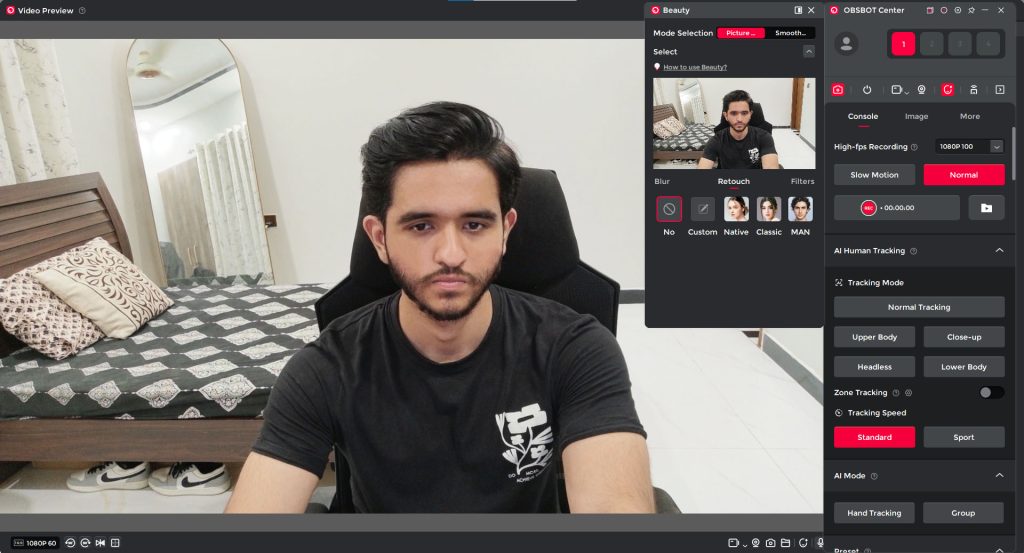
Setting up the Obsbot Tiny SE is quick, as it offers simple plug-and-play connectivity. It connects via USB-C, but Obsbot also included a USB-C to USB-A adapter, which allows you to use it on older systems without any issues. Once you’re connected, everything else happens through the accompanying software. Similarly, like Obsbot’s other webcams, to access its full features, you’ll have to download the Obsbot Center software.
It is available for both Windows and macOS. When you open it up, it gives you full control over the camera’s pan, tilt, and zoom, along with plenty of smart-tracking options. Moreover, there are different framing options to choose from, including normal, upper-body, close-up, headless, lower body, hand, and even group tracking if there’s more than one person in the frame, or you can even set up custom positions.
Additionally, gesture controls are available, where you can raise your hand to start or stop tracking, or use an L-shaped hand sign to zoom in or out. It took me a few tries to get them right. Personally, I found the feature a bit hit-or-miss because sometimes it mistook my random hand motions for commands, so I turned it off. However, I can think of it being convenient for users who move around a lot if they get hold of it. Unfortunately, unlike its previous siblings, there’s no voice control here.
Its built-in microphones don’t process voice commands, so you’ll have to rely on gestures or the software controls instead. That’s a bit of a trade-off, but understandable considering the lower price. In addition to this, you get to tweak plenty of image settings, including contrast, saturation, sharpness, and hue. There are also manual and auto options for focus, exposure, and white balance, along with anti-flicker settings, background blur mode, a few filters, and retouching effects.
All of them are helpful if you want to clean up your appearance a bit for a quick video call. However, I think the skin-smoothing tools can look a little too unreal if pushed too far. Furthermore, it offers a multi-camera control option if you’re using several Obsbot devices at once. That’s actually pretty handy for streamers who want to switch between different angles without constantly adjusting things in OBS Studio. It also supports integration with Elgato Stream Deck, letting you assign shortcuts for zoom levels at the press of a button.
Image Quality
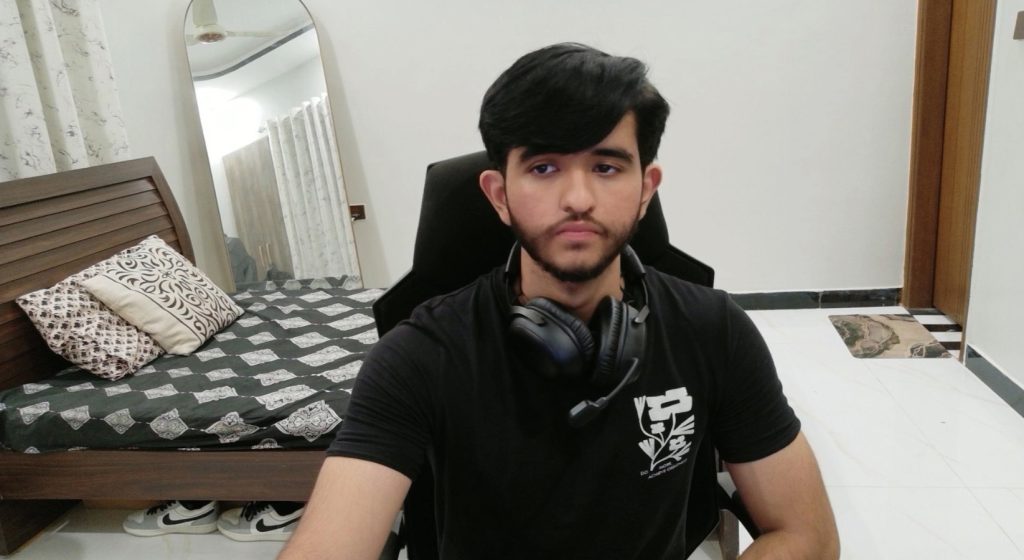
The Obsbot Tiny SE uses a 1/2.8-inch CMOS sensor with 2-megapixel effective resolution, capable of delivering 1080p at up to 100 fps or 720p at 120 fps. It even supports MJPEG and YUV formats depending on your frame rate preferences. The lens has an f/1.8 aperture and a 26 mm equivalent focal length that provides a natural perspective without distortion. Moreover, with a 78° diagonal field of view (71° horizontal), it is neither too wide nor too tight, which makes it easy to frame yourself suitably without showing too much of the background.
In terms of image quality, it looks crisp and detailed, especially under good lighting. Generally, skin tones appear natural, and the colors stay true without oversaturation or the odd tint you often see in cheaper webcams. Even finer textures like hair strands or clothing fabric come through clearly, showing how well Obsbot has tuned its image processing. It also does a solid job of maintaining exposure and white balance automatically.
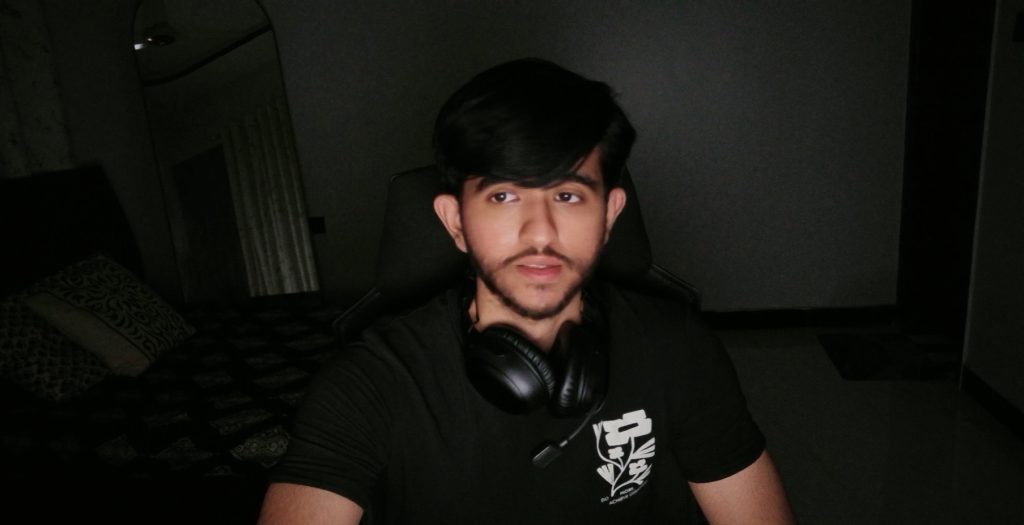
Fortunately, it doesn’t overcorrect or wash out the image when lighting changes, which makes it feel more natural. Additionally, for low-light performance, the f/1.8 lens helps the webcam pull in more light, and the sensor holds up surprisingly well when things get dim. In a dark room with only a monitor for lighting, my face looked recognizable and evenly lit. The background does introduce some grain, but nothing that ruins the shot, especially considering the camera’s smaller sensor size.
It stays usable, which is what really matters for late-night calls or dim rooms that gamers usually prefer to play in. Moreover, the auto and manual focus give you the option to choose from adjusting it yourself or letting the camera handle it. There’s also 1-4x digital zoom and HDR support, which particularly helps balance out tricky lighting, keeping highlights from blowing out while still retaining detail in shadows.
Tracking Performance
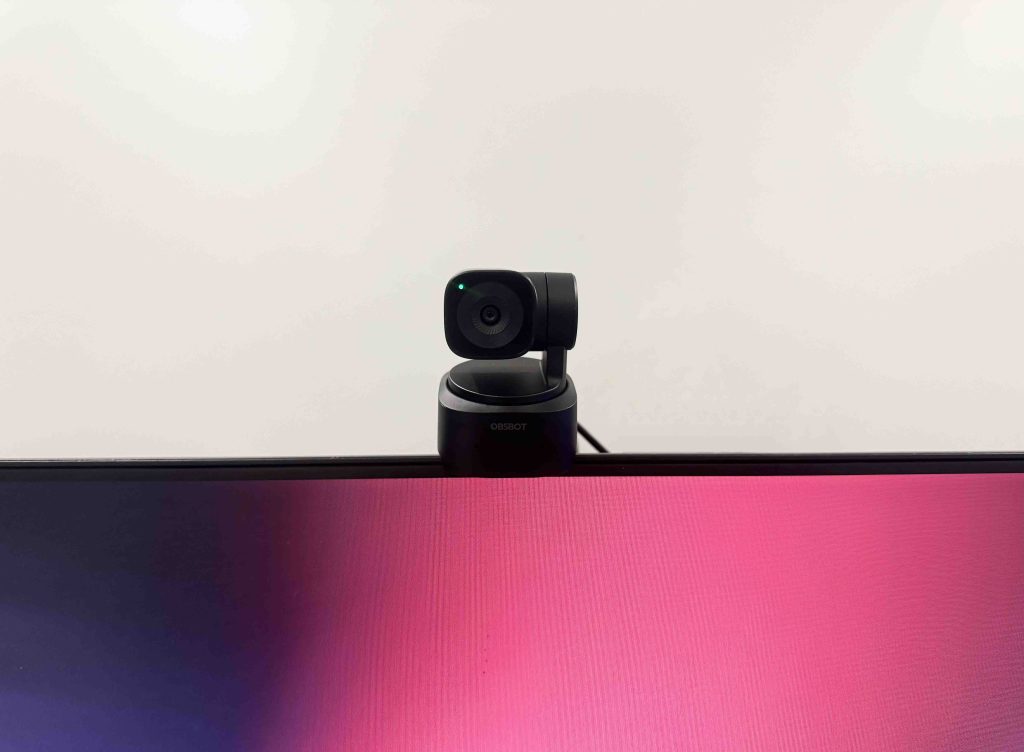
AI-powered tracking has always been Obsbot’s strong point, and the Tiny SE carries that forward with a few toned-down features compared to their previous offerings. However, the gimbal still provides smooth, mechanical movement, letting the camera physically follow you as you move around. That said, the tracking speed is a bit slower than what we got from their earlier models.
There’s a slight pause before the camera reacts to motion, and the gimbal doesn’t pivot quite as fast when following quick movements. It’s not a major letdown, especially considering how few webcams in this price range offer mechanical tracking at all. Nevertheless, it’s noticeable if you’ve used the flagship model before. Occasionally, you might also see a small drift or hesitation before it re-centers on you.
Fortunately, when the tracking does lock on, it performs outstandingly. You can pick between different framing options depending on how you want to appear in the frame. It does a solid job keeping you in the center and perfectly framed. The motion looks swift, especially when paired with the camera’s 100 FPS capture, giving your footage a fluid feeling.
As for autofocus, it’s one of the few areas where the Tiny SE clearly reminds you that it’s a budget-friendly model. It technically works well enough, going into focus most of the time, but it isn’t as snappy or consistent as its pricer siblings. You might notice a bit of lag when it tries to focus on you as you move closer or farther away from the lens, which can be slightly distracting. Still, once it locks onto your face, it tends to stay focused under steady lighting.
Audio Quality
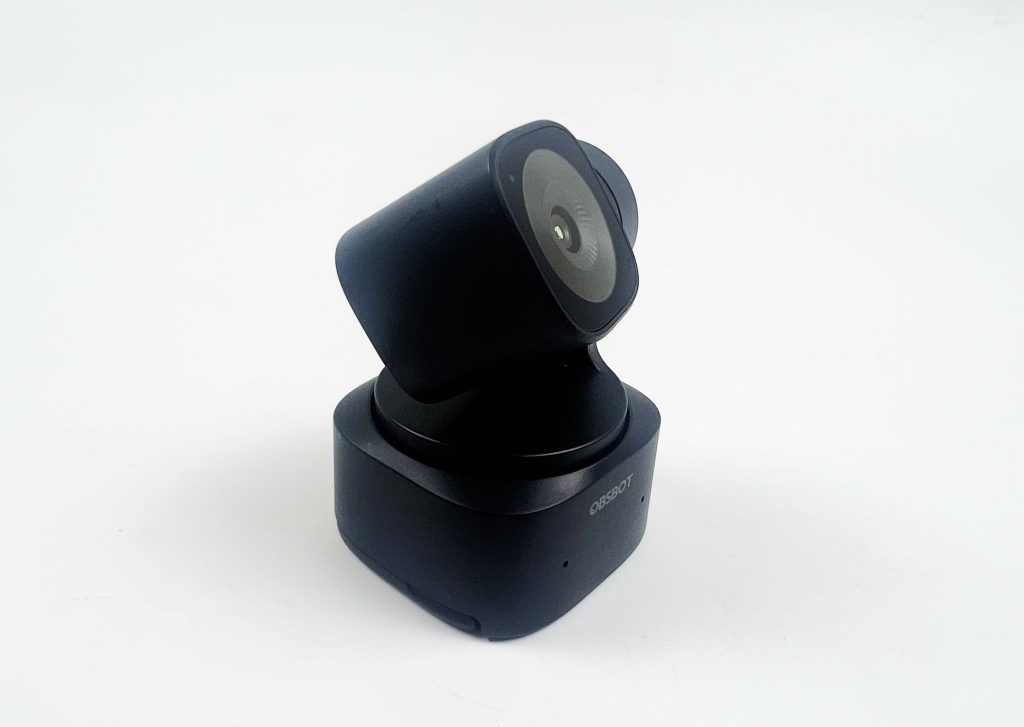
When it comes to audio quality, the webcam has a single built-in microphone rather than the dual omnidirectional setup found in the higher-end Tiny 2. However, it performs better than I initially expected. During testing, my voice came through clear with enough range, as I have used it for casual Discord calls. There’s a bit of room echo if you’re sitting farther away, and it’ll pick up some background sounds if you’re in a noisy space, but that’s pretty standard for most webcams.
In a quiet room, it does a solid job at keeping your voice clean and understandable. Obviously, it’s not going to replace a dedicated USB microphone or headset. Still, for its category and especially at this price point, the performance is respectable. Obsbot also includes basic noise cancellation and automatic gain control, which help a little with consistent clarity when your surroundings aren’t typically quiet.
Inside the Obsbot Center software, you can enable or disable the mic when the webcam goes into sleep mode, adjust the level of noise reduction, which I personally set mine to strong, toggle automatic gain control, or even disable the mic entirely. There’s also an option to set the pickup range.
Should You Buy it?
Buy it if
✅ You want AI tracking: The Obsbot Tiny SE provides AI-powered auto-tracking and smooth mechanical pan and tilt motion.
✅ You need 1080p video and solid image quality: Despite not being 4K, it delivers crisp, well-balanced footage with good low-light performance and accurate colors.
✅ You require a simple, plug-and-play connectivity: The setup is effortless, and the Obsbot Center software gives you intuitive controls to tweak framing, tracking, and audio settings.
Don’t buy it if
❌ You need a 4K recording: If ultra-high resolution is a must-have, you’re better off considering the other higher-end models.
❌ You want premium features: You won’t find voice control, the fastest gimbal motion, or a dual-microphone setup here.
Final Verdict
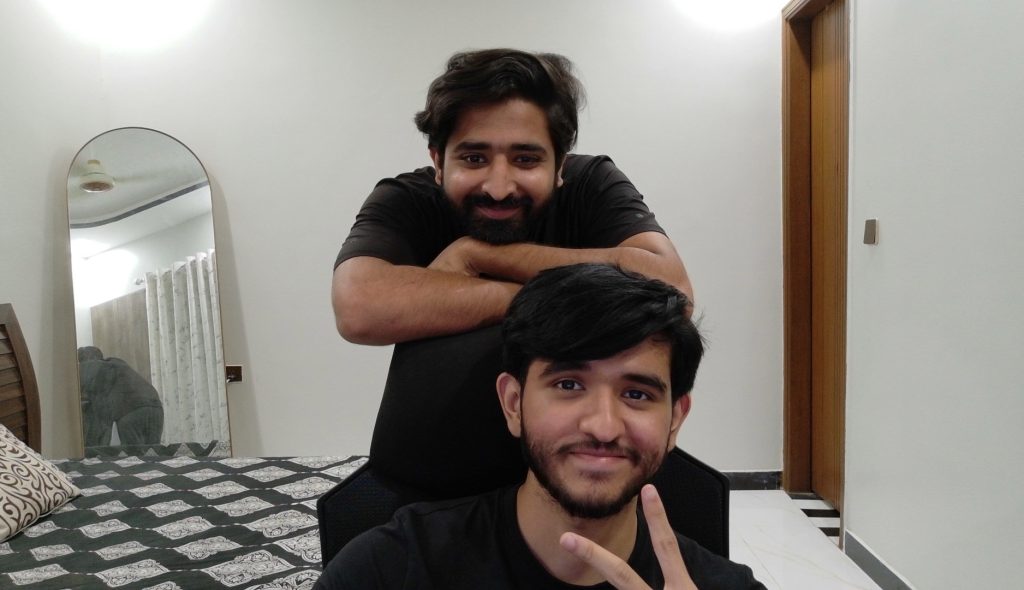
After spending some time with the Obsbot Tiny SE, it’s clear that Obsbot knows what it’s doing when it comes to AI-driven webcams. It might not have all the bells and whistles of its pricier siblings, but it nails the basics and still manages to be more than capable for its price. It feels like a good middle ground between high-end AI webcams and the usual webcams we’re all used to. In comparison with it, you’re getting Obsbot’s signature gimbal design with smooth pan and tilt tracking, and that alone puts it ahead of most webcams in this price range.
Even though it doesn’t record in 4K, it has a single mic instead of dual, and you lose out on a few features like voice control or a faster gimbal. But none of these feel like deal-breakers for what you’re paying for a webcam that costs $100. Considering the price, it delivers outstanding performance, great tracking, and solid video quality, all of which make it an easy recommendation for anyone who wants a reliable, AI-powered webcam without breaking the bank.
If you’re a streamer, remote worker, or have been eyeing something like the Tiny 2 or other higher-end variants but can’t justify spending that much, the Tiny SE gives you most of what makes that lineup special at a fraction of the cost. It’s not perfect, but for what it offers, it’s definitely one of the smarter buys in the mid-range webcam space right now.
Thank you! Please share your positive feedback. 🔋
How could we improve this post? Please Help us. 😔
[Hardware Reviewer]
After many years of exploiting various pieces of hardware, Abdul Hannan now serves as an editor at Tech4Gamers. He’s been in the PC hardware reviewing industry for almost a decade, and his staff of passionate geeks and reviewers is second to none.
Abdul Hannan is constantly seeking new methods, you will always see him running into New Computer Courses to improve the performance of his computer components since he is an ardent overclocker. He is well-known for providing the most extensive and unbiased analysis of the newest and greatest hardware for PC gaming, including everything from GPUs to PSUs.


 Threads
Threads
